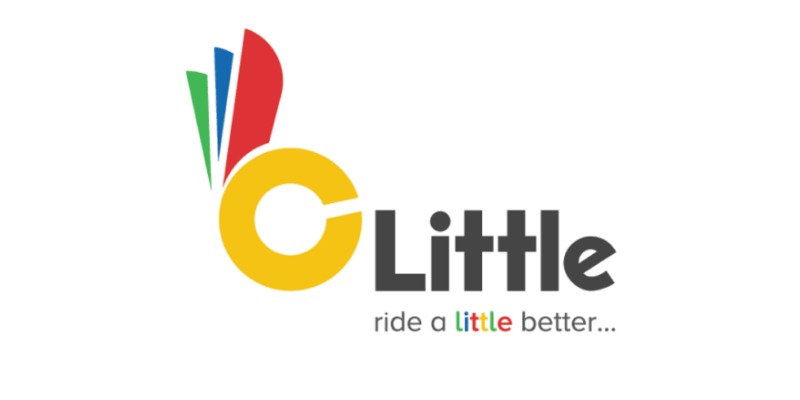Practical Strategies for Managing Loans and Reducing Financial Stress
Managing loans is going to be something an individual must do to take control of their financial journey. Whether a car loan, mortgage, business loan, or personal loan, it can get out of hand without the right management.
Some people keep borrowing until it pushes them to the edge of a financial crisis. This leads to stress, late bills, and other consequences that prevent meeting financial and life goals. Individuals in the habit of borrowing money should consider this their sign to improve their finances.
So how does one take control of their loans to reduce financial stress and responsibly repay the debt? There are several techniques, and some of the best are outlined in this article.
Techniques for Managing Loans
Always Know the Loans
One crucial technique for effective loan management is clearly understanding all current loans. It is easy to get out of control when borrowing money. Especially with online lenders readily accessible. So, borrowers need to ensure they understand all their current loans.
It involves regularly reviewing and documenting the details of each loan, including interest rates, repayment terms, and outstanding balances. By staying informed, individuals can make educated financial decisions, avoid missing payments, and strategically allocate resources.
In addition, having this insight empowers an individual to prioritize debts based on interest rates, addressing higher-cost loans first. Moreover, understanding the terms ensures adequate preparation for any changes, preventing unexpected financial setbacks.
Regularly tracking and updating loan information forms the foundation for a proactive and strategic approach to managing financial obligations. Dedication to this routine ultimately contributes to improved financial stability and reduced stress.
Assess Financial Situation
The next step is examining the financial situation. Just because an individual takes out multiple loans does not mean they are in a financial crisis. But not taking any action could lead to this. Therefore, borrowers should assess their economic conditions.
Create a thorough budget that outlines income, expenses, and debt obligations. This inclusive view allows individuals to identify areas to cut unnecessary costs and allocate more funds toward debt repayment.
Calculating the debt-to-income ratio to evaluate the ability to manage and repay debts responsibly is another good step. A clear understanding of financial position enables borrowers to set realistic debt reduction and budgeting goals.
Assessing the financial situation should be a regular practice since finances change. This way, individuals can develop strategies based on changes in income, expenses, or life circumstances.
Prioritize Loans
With a set budget, individuals may now think about repaying their debt. All loans have an expiry date. So, to avoid legal issues, borrowers should focus on repaying loans. But it is impractical to pay for everything all at once.
Prioritizing loans is a strategic approach to effective debt management. Individuals can minimize interest payments over time by identifying and focusing on high-interest debts, saving money, and accelerating their path to financial freedom.
Borrowers should create a prioritization plan that targets debts with the highest interest rates first. Allocate any extra funds to accelerate repayment. This method maximizes cost savings and shortens the overall repayment period.
In addition, consider consolidating multiple loans into one manageable loan with a lower interest rate. This strategy simplifies payments and provides a clearer path to debt reduction.
Save For A Rainy Day
It seems strange to save while there are loans to be repaid. However, it is a strategic part of reducing financial stress.
If anything were to happen to a borrower with multiple loans needing more funding, it could put the person deeper into financial instability. Establishing an emergency account acts as a financial cushion, protecting the individual from unforeseen expenses or income disruptions without resorting to additional loans.
Experts advise keeping aside three to six months’ worth of living expenses in a detached, easily accessible account. The funds can cover essential costs, such as medical emergencies, car repairs, or unexpected home maintenance, without derailing the debt repayment plan.
Increase Earnings
In some cases, individuals have a lot of loans, but their finances show no sign of improving. Therefore, the logical approach is to increase income. Increasing earnings is a proactive technique that can significantly aid in effective loan management.
Borrowers should explore opportunities to boost their income through side hustle, freelance work, or career advancement. Additional income provides borrowers with more financial resources to allocate towards loan repayment, accelerating their debt reduction efforts.
Consider acquiring new skills or certifications that enhance marketability, potentially leading to higher-paying job opportunities. Additionally, explore alternative income streams such as investments or passive income sources.
By diversifying sources of income, borrowers create a more robust financial foundation, allowing them to tackle loans with increased financial flexibility. After loan repayment, the extra income can be used for economic growth.
Set Up Autopay
And finally, borrowers should consider setting up autopay for some loans. Creating a schedule to repay the loans helps in meeting deadlines. But it could slip the mind, leading to fines and penalties contributing to the debt.
Setting up autopay is a practical and convenient technique for managing loans and ensuring timely payments. Most lenders offer autopay options, allowing them to automatically deduct the monthly loan payment from a designated bank account.
This method eliminates the risk of forgetting payment due dates and late fees. Autopay provides a hassle-free and reliable method for meeting financial obligations and promoting financial discipline.
Some lenders may even offer incentives, such as interest rate reductions, for enrolling in autopay. Borrowers who set up autopay should regularly monitor bank statements to ensure that payments are processed correctly and maintain a sufficient balance in their accounts to avoid potential issues.
Loans Managed the Right Way
Effectively managing loans is integral to taking control of one’s financial journey and fostering a path to sustainable financial health. Failure to repay loans not only triggers financial strain but also mental stress. Therefore, borrowers should adopt smart strategies for loan management.
Incorporating these techniques into one’s financial routine can pave the way for responsible loan repayment, stress reduction, and a more secure financial future. By dedicating effort to understanding and managing loans effectively, borrowers can confidently navigate their financial journey and achieve their life goals.
























